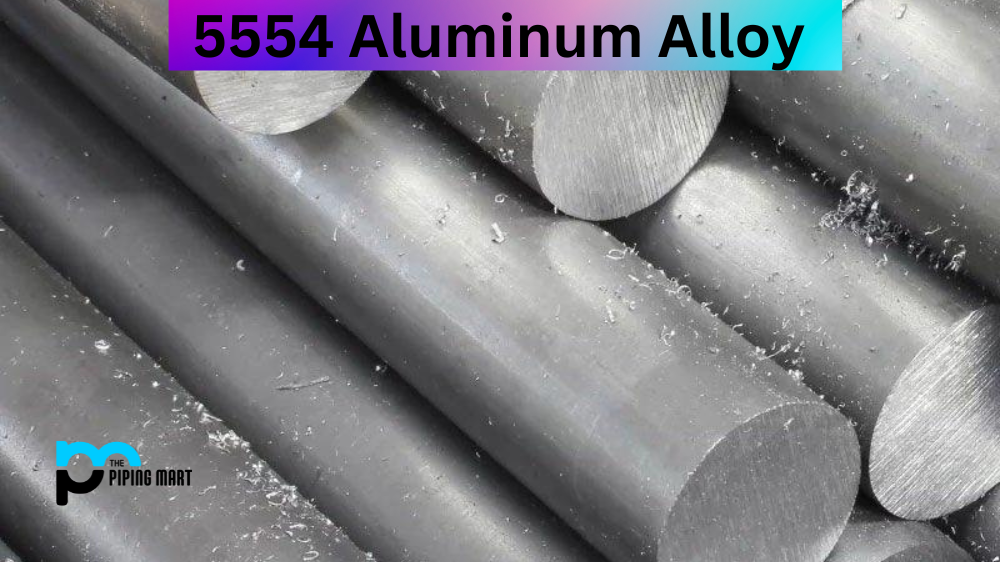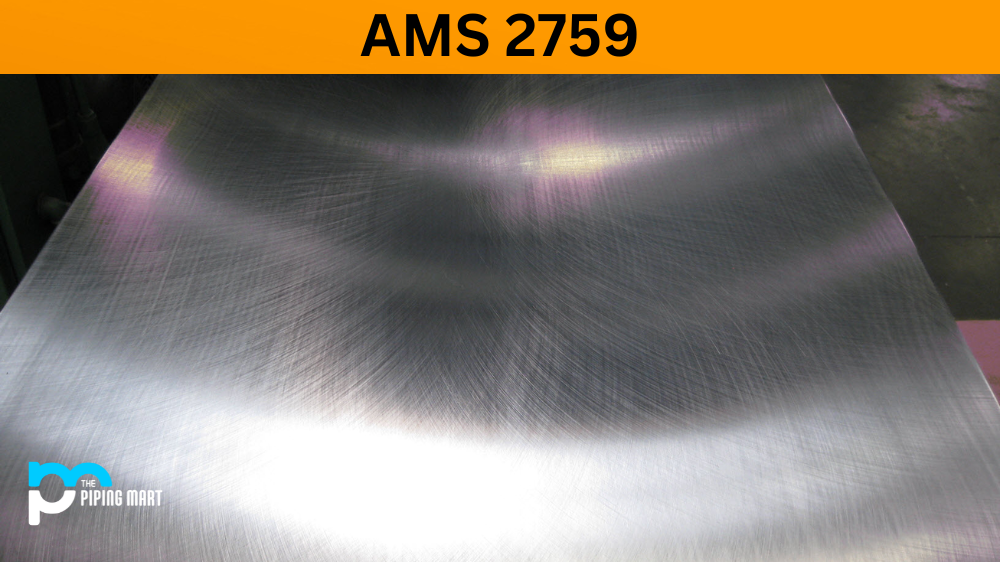UNS C93200, also known as SAE 660 or lead bronze, is a widely-used engineering alloy known for its excellent strength, machinability, and corrosion resistance. It’s a great alternative to other more expensive alloys like brass or bronze. It is composed of a combination of copper, lead, and tin, which gives it some unique mechanical and physical properties that make it ideal for various industrial applications. In this blog post, we will dive deeper into the different properties and uses of UNS C93200.
UNS C93200 Composition
C93200 comprises about 83% copper, 7% lead, 7% tin, and 3% zinc. This composition makes the alloy easy to machine, giving it high wear resistance and excellent load-carrying capability. The lead content helps to promote lubricity, which reduces friction and wear between machine parts.
| Element | Content (%) |
|---|---|
| Cu | 83 |
| Pb | 7 |
| Sn | 7 |
| Zn | 3 |
UNS C93200 Mechanical Properties
C93200 is a solid and durable alloy that can easily withstand harsh conditions like high loads, vibrations, and shock loads. It has a tensile strength of 31 ksi and a yield strength of 15 ksi. It also has a Rockwell B hardness of 70, which makes it resistant to deformation and fatigue.
| Properties | Metric | Imperial |
|---|---|---|
| Elastic modulus | 117 GPa | 16969 ksi |
| Poisson’s ratio | 0.34 | 0.34 |
| Hardness, Brinell | 65 | 65 |
| Tensile strength | 240 MPa | 34800 psi |
| Yield strength | 125 MPa | 18100 psi |
| Elongation at break | 20.0% | 20.0% |
| Machinability | 70 | 70 |
| Izod impact | 8.00 J | 5.90 ft.lb |
| Compressive strength | 315 MPa | 45700 psi |
| Fatigue strength | 110 MPa | 16000 psi |
UNS C93200 Physical Properties
The physical properties of C93200 include a density of 0.323 lb/in^3, a melting point of 1,983°F, and a thermal conductivity of 19.4 BTU/hr-ft-°F. The alloy has an excellent electrical conductivity, making it ideal for applications that require electrical conductivity.
| Properties | Metric | Imperial |
|---|---|---|
| Density | 8.93 g/cm3 | 0.323 lb/in³ |
UNS C93200 Thermal Properties
| Properties | Metric | Imperial |
|---|---|---|
| Thermal expansion co-efficient (@0.0 – 100°C/32.0 – 212°F) | 18.0 µm/m°C | 10.0 µin/in°F |
| Thermal conductivity (@20°C/68°F) | 59.0 W/mK | 409 BTU in/hr.ft²°F |
UNS C93200 Equivalents
- ASTM B271
- ASTM B30
- ASTM B505
- ASTM B584
- ASTM B763
- QQ C390
- SAE 660
- SAE J461
- SAE J462
UNS C93200 Uses
C93200 is a versatile alloy with a wide range of uses. It’s commonly used in manufacturing bearings, bushings, and thrust washers. Its high wear resistance makes it ideal for heavy equipment, marine components, and hydraulic cylinders. It’s also a popular choice for decorative applications like statues and sculptures.
UNS C93200 Corrosion Resistance
UNS C93200 has excellent corrosion resistance, making it ideal for use in marine environments and applications where exposure to harsh chemicals or moisture is a concern. The tin in the alloy provides a natural protective oxide layer that helps to prevent corrosion.
UNS C93200 Heat Treatment
UNS C93200 can be heat-treated to improve its mechanical properties. Heating the alloy to a temperature of 850°F and then quenching it in water or oil can increase its hardness and strength. Annealing the alloy at a temperature of 600°F and then cooling it slowly can improve its ductility and machinability.
UNS C93200 Machining
UNS C93200 is an easy-to-machine alloy that can be turned, drilled, milled, and shaped into complex parts with tight tolerances. Its excellent machinability makes it a popular choice for manufacturing bushings, bearings, and other machine components.
UNS C93200 Welding
UNS C93200 is an easily weldable alloy that can be bonded using different welding techniques, such as gas tungsten arc welding (GTAW), gas metal arc welding (GMAW), and resistance welding. Welding should be performed in a well-ventilated area to prevent lead fumes exposure.
Conclusion
UNS C93200 is a reliable, cost-effective engineering alloy with excellent mechanical, physical, and corrosion-resistant properties. Its composition and properties are ideal for various industrial applications such as bearings, bushings, and marine components. Its easy machinability and weldability make it a popular choice for intricate machine components. Whether in heavy industry or metalworking, UNS C93200 is an alloy you should consider.

A passionate metal industry expert and blogger. With over 5 years of experience in the field, Palak brings a wealth of knowledge and insight to her writing. Whether discussing the latest trends in the metal industry or sharing tips, she is dedicated to helping others succeed in the metal industry.




